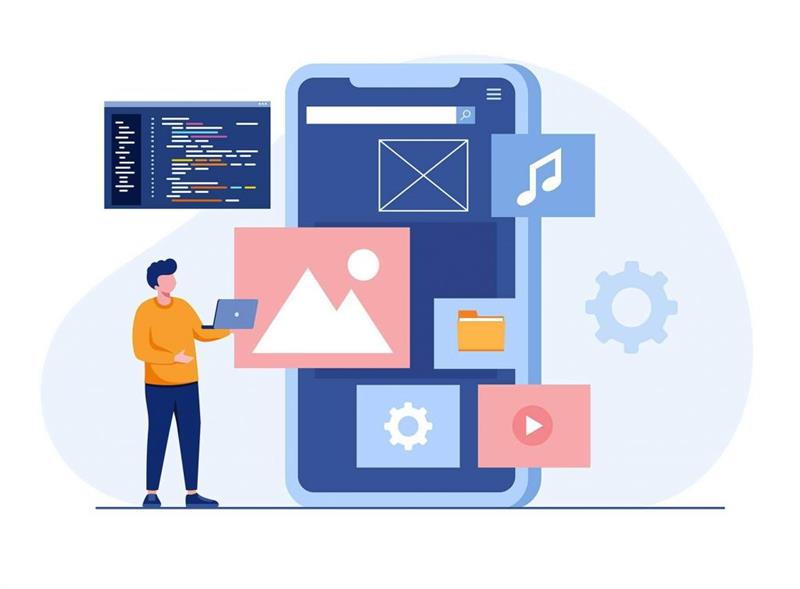Software Maintenance vs New Development: Where To Invest
Businesses today must decide whether to improve existing software or create new systems. The question of software maintenance vs new development defines how companies balance cost, performance, and innovation. A software company near me helps organizations choose the right investment that supports long-term growth and operational stability.
Software Maintenance vs New Development
Defining the two paths
Software maintenance focuses on keeping current systems efficient and reliable. It involves continuous updates, bug fixes, and performance tuning. New development, by contrast, builds software from the ground up using modern tools and technologies. Each option has its purpose depending on business goals and technical requirements.
Maintenance value
Maintenance ensures ongoing stability and reduces the risk of system failure. By regularly updating existing platforms, businesses can enhance performance without major disruptions. It also minimizes costs while keeping users satisfied. For companies with dependable frameworks, maintenance remains a smart and sustainable choice.

Development
New development becomes essential when legacy software limits performance or adaptability. It allows integration of modern frameworks, automation tools, and advanced analytics. This approach delivers better scalability and long-term flexibility. A software company near me often recommends it for organizations seeking digital transformation.

Assessing technology age
The age of technology often influences investment direction. If a system’s structure is outdated or incompatible with modern platforms, redevelopment offers a stronger foundation. However, when systems remain stable and current, investing in maintenance can prolong their lifespan while preserving efficiency.

Cost considerations
Financial planning plays a major role in this decision. Maintenance involves smaller, consistent costs over time. New development requires a larger initial investment but can reduce long-term expenses through modernization. Choosing wisely ensures balance between affordability and future returns.

Performance
Performance issues often reveal the need for change. If applications slow down or crash frequently, new development provides a more stable and responsive solution. Maintenance can extend system life temporarily, but rebuilding guarantees lasting reliability and stronger functionality.

Security and compliance
Cybersecurity threats continue to grow, making regular maintenance crucial for protecting sensitive data. Updating software ensures compliance with evolving standards. New development, however, builds advanced security measures directly into architecture. This proactive approach minimizes risks and improves trust.

Scalability and growth
Growing businesses require flexible and scalable systems. Maintenance supports gradual scaling, but modern architectures like microservices and cloud infrastructure provide faster adaptability. New development ensures scalability that supports future demand without system limitations.

User experience
Maintenance can enhance existing features and fix usability issues, improving satisfaction. New development allows complete redesigns with advanced interfaces and faster performance. A software company near me focuses on creating smooth and engaging user experiences through both methods.

Hybrid approach strategy
Some businesses benefit from maintaining older systems while developing new ones simultaneously. This balanced approach reduces disruption while allowing gradual modernization. It merges stability with progress, helping teams transition smoothly into new technologies.

